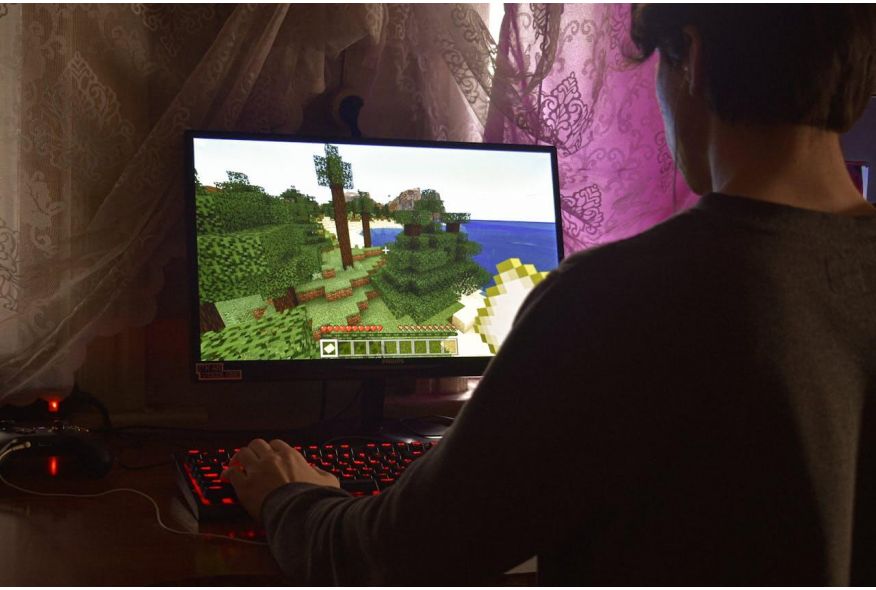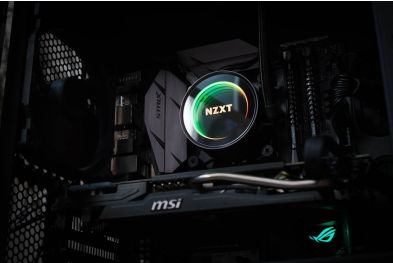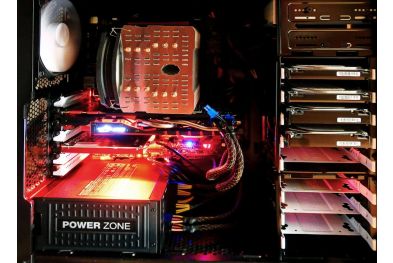How to Optimize Your PC for Gaming: Boost Performance and FPS
Gaming on a PC offers unparalleled flexibility and performance, but to get the most out of your system, you need to optimize it for gaming. Whether you’re struggling with low frame rates, stuttering, or long load times, there are several steps you can take to enhance your gaming experience. In this guide, we’ll walk you through the best ways to optimize your PC for gaming, from hardware upgrades to software tweaks.
Why Optimize Your PC for Gaming?
Optimizing your PC for gaming ensures you get the best performance possible, including:
Higher Frame Rates (FPS): Smoother gameplay and better responsiveness.
Reduced Stuttering: Eliminate lag and enjoy seamless gaming.
Faster Load Times: Get into the action quicker.
Enhanced Visuals: Enjoy better graphics and higher resolutions.
Whether you’re a casual gamer or a competitive player, optimizing your PC can make a world of difference.
Step 1: Upgrade Your Hardware
If your PC is struggling to run modern games, consider upgrading these key components:
1. Graphics Card (GPU)
The GPU is the most critical component for gaming. Upgrade to a newer model for better performance and support for advanced features like ray tracing and DLSS.
2. Processor (CPU)
A powerful CPU ensures your system can handle complex game calculations. Look for a high-core-count processor with strong single-threaded performance.
3. RAM
Modern games require at least 16GB of RAM. If you’re running less, upgrading can significantly improve performance.
4. Storage (SSD)
Replace your old hard drive with an SSD to reduce load times and improve overall system responsiveness.
Step 2: Optimize Your Operating System
1. Update Your Drivers
Ensure your GPU drivers are up to date. Visit the manufacturer’s website (NVIDIA, AMD, or Intel) to download the latest drivers.
2. Disable Background Processes
Close unnecessary background applications to free up system resources. Use Task Manager (Ctrl + Shift + Esc) to identify and end resource-heavy processes.
3. Enable Game Mode (Windows)
Windows Game Mode prioritizes gaming performance by allocating more resources to your game. Enable it by going to Settings> Gaming> Game Mode.
4. Adjust Power Settings
Set your power plan to High Performance to ensure your PC is running at its full potential. Go to Control Panel> Hardware and Sound> Power Options to make the change.
Step 3: Optimize In-Game Settings
1. Lower Graphics Settings
If you’re experiencing low FPS, reduce settings like texture quality, shadows, and anti-aliasing. Start with the lowest settings and gradually increase them until you find the right balance between performance and visuals.
2. Enable VSync or G-Sync/FreeSync
VSync can reduce screen tearing, while G-Sync (NVIDIA) and FreeSync (AMD) provide smoother gameplay if you have a compatible monitor.
3. Adjust Resolution
Lowering your resolution can significantly boost FPS. Try reducing it to 1080p if you’re gaming at 1440p or 4K.
Step 4: Overclock Your Hardware
Overclocking can squeeze extra performance out of your CPU and GPU, but it requires caution:
Use Reliable Tools: Software like MSI Afterburner (GPU) and Intel XTU (CPU) can help you overclock safely.
Monitor Temperatures: Overclocking increases heat output, so ensure your cooling system can handle it.
Test Stability: Run benchmarks like Prime95 or FurMark to ensure your system remains stable.
Step 5: Keep Your PC Clean
1. Physically Clean Your PC
Dust buildup can cause overheating and reduce performance. Regularly clean your PC’s fans, vents, and components using compressed air.
2. Defragment Your Hard Drive (HDD Only)
If you’re still using an HDD, defragment it to improve performance. Note: Do not defragment SSDs.
3. Uninstall Unnecessary Programs
Remove unused software to free up storage space and system resources.
Step 6: Use Gaming Optimization Software
There are several tools designed to optimize your PC for gaming:
Razer Cortex: Boosts performance by freeing up RAM and optimizing system settings.
Wise Game Booster: Disables unnecessary background processes and services.
NVIDIA GeForce Experience: Optimizes game settings automatically for your hardware.
Final Thoughts
Optimizing your PC for gaming doesn’t have to be complicated. By upgrading your hardware, tweaking your operating system, and adjusting in-game settings, you can significantly improve performance and enjoy a smoother, more immersive gaming experience.
Remember, every PC is different, so experiment with these tips to find what works best for your setup. Happy gaming!
Reminder:
Found this guide helpful? Share it with your friends and fellow gamers on social media! Let’s help everyone level up their gaming experience. 🚀
By following these steps, you’ll be able to optimize your PC for gaming and enjoy higher FPS, smoother gameplay, and faster load times. Game on!







